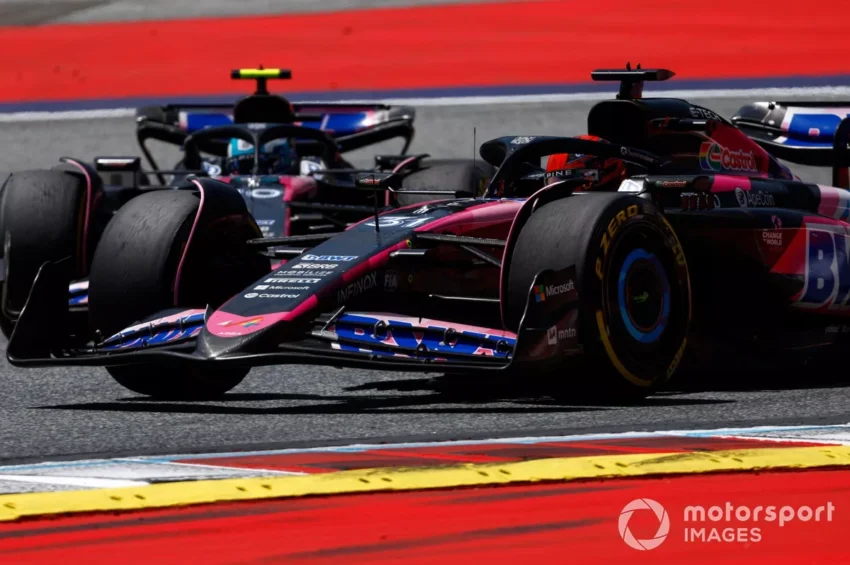ans and journalists love to assess drivers, discover who is starring, who is underperforming and how team-mates with the same machinery compare. With Formula 1 in its summer break, now seems like a good time to look at the crop of 2024.
There are, of course, plenty of ways to compare drivers, but one of the key ones is raw speed. Without it, no driver will be successful, and qualifying is, in theory, the least complicated indicator of pace.
Below you can see how the 2024 F1 team-mates stack up after 14 rounds, based on their qualifying performances for grands prix (not sprints). We’ve excluded sessions in which one driver in a team could not record a representative time for reasons outside their control, explaining why not all add up to 14.
Qualifying head-to-head
1. Leclerc 8-5 Sainz
2. Ocon 8-4 Gasly
3. Alonso 9-5 Stroll
4. Tsunoda 9-4 Ricciardo
5. Russell 10-4 Hamilton
6. Hulkenberg 10-2 Magnussen
7. Norris 11-3 Piastri
8. Bottas 13-1 Zhou
9. Albon 13-0 Sargeant
10. Verstappen 14-0 Perez
Although a fine gauge of assessing who is getting the upper hand in the intra-team fights, this metric is rather crude. Clearly, if a driver is consistently just a few thousandths of a second away from their team-mate, they are still doing a good job and are very close to maximising their car, while another could regularly be half a second off but on a similar head-to-head score.
To get a clearer view of the drivers’ actual speed, we’ve looked at supertimes. Supertimes are based on the fastest single lap by each driver at each race weekend, expressed as a percentage of the fastest single lap overall (100.000%) and averaged over the season.

Qualifying is one helpful yardstick, but the supertimes can paint a much clearer picture of team-mate comparisons
Photo by: Red Bull Content Pool
This normally means qualifying and also has the benefit of largely (though not entirely) eradicating a driver struck with a problem or misfortune in a given session because it takes into account the whole weekend. It’s not perfect – it gives us no steer on how consistent a driver is over a race stint, for example – but for raw speed, it can be enlightening.
